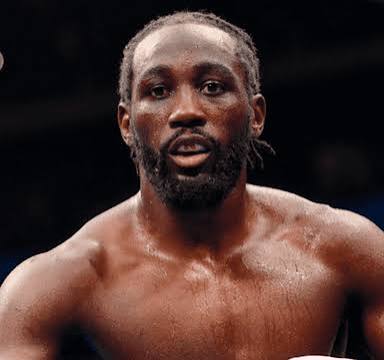The Oldest Fighting Traditions in the World

One of the oldest sports in the world is grappling, which dates back thousands of years (more on this below). As the idea of athletic competition became more ingrained in cultures throughout Europe and Asia, popular fighting traditions branched off into more defined segments.
For example, traditional Greek wrestling had multiple off-shoots, one of which included elements of kickboxing (more on this below, as well). Around the same time in east Asia, Shaolin Kung Fu was inspiring animal forms and wushu styles.
Similar to athletic feats of strength, ancient man was also interested in games of chance. Alongside sports like wrestling and horseracing, gaming was also popular. Today, live poker tournaments may be a global favorite for gamers, but traditions dating back thousands of years include tossing sheep knuckles to forecast the future and ‘belomancy’.
In the case of ancient Greek and Chinese civilizations, wrestling and gaming were important parts of their culture. However, there aren’t any records of papyrus sportsbooks. Instead, philosophy was often tied to fighting traditions, prescribing the correct mentality and rationale behind combat.
Today, fighting artforms and their philosophies continue to evolve. The Olympics and World Boxing Council organize some of the world’s most prestigious fights between elite champions, while martial arts from karate to Thai kickboxing survive in MMA circles through UFC and Bellator.
But the modern scene differs greatly from its storied roots. Let’s look at which traditions stretch furthest back into history.
Kalaripayattu
India, 1000 BCE
Translated as, “Training in the arts of the battlefield”, this ancient practice combines elements of combat, philosophy, and healing. It’s history spans millennia but is quite different than other East Asian and Mediterranean traditions; in Kalaripayattu, practitioners are first instructed how to use ceremonial arms, and then instructed in bareknuckle techniques.
Additionally, practitioners study pressure points in order to gain an intricate knowledge of the human body, which helps their studies on healing. From its ancient origins to its modern form today, Kalaripayattu sees women practice the art alongside men.
Pankration
Greece, 650 BCE
When studying wrestling and grappling, most begin with the Greek Olympic Games. Wrestling and boxing were popular in the ancient world, with variations like upright and ground wrestling. The rules were largely the same today; no blows in wrestling and no holds in boxing and no gouging or kicking in either.
It seems all those rules made the sports a bit underwhelming for some, who opted for a more extreme version (pankration translates to “all of power”). Pankration combined boxing and wrestling techniques from kicking to joint-locks to chokes. Sound familiar? Many consider Pankration to be the first form of MMA.
Taekkyon
Korea, 50 BCE
In the Middle Ages, this ancient art form almost fell out of existence but was preserved by the efforts of a single man named Song Deok-gi. Today, Taekkyon is a UNESCO Intangible Cultural Heritage and is seen as an important cultural marker of Korea—and for good reason.
Taekkyon focuses on disarming an opponent by using the arms and legs at the same time. This is done to trip or throw the opponent, which means practitioners spend most of their time integrating full-body movements. This results in a series of high-flying feats, which often see opponents tossed around the mats.
Ancient Forms of Grappling and Boxing
The earliest form of grappling comes from Ancient Egypt in 2000 BCE. Boxing, on the other hand, is referenced in Ancient Sumer in 3000 BCE. By the time the Greeks integrated both traditions into the first iterations of the Olympics, both grappling and boxing had storied histories and well-developed branches.
Today’s modern world of MMA mostly combines strikes from Thai boxing and grappling from traditions like Brazilian Jiu-Jitsu and Sambo. The first organized MMA fights took place in the US and are likely the result of a melting pot of fighting techniques that came with travelers from all across the world.
Modern MMA is also one of the most diverse sports in the world. UFC and Bellator regularly see competitors from across the world face off according to weight class, which means the sport is likely still evolving.








